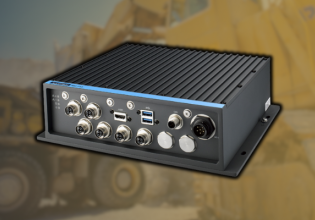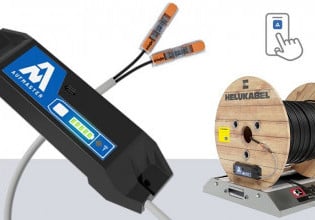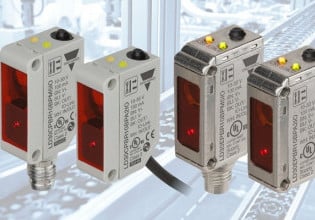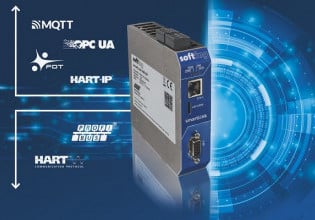New Weidmüller Controllers Bridge the Gap Between IT and OT
Weidmüller releases two new lines of controllers, the u-Control M3000 and M4000, to ensure reliable integration of IT and OT in automation systems.
Weidmüller expanded its catalog of industrial controllers with the addition of the u-Control M3000 and M4000 product lines.

Weidmüller u-Control M3000 and u-Control M4000 series controllers. Image used courtesy of Weidmüller
Designed with the Internet of Things (IoT) and Industrial Internet of Things (IIoT) in mind, these new controllers are built to handle more physical devices than many other controllers on the market. By supporting more physical devices, they speed up integration times while alleviating troubleshooting headaches.
The Bridge Between IT and OT
Information Technology (IT) focuses on data collection, storage, security, access, and processing. IT is considered the “software” side of operations. Typically, IT professionals have backgrounds in software, data science, networking, computer science, and the like.
Operational Technology (OT) focuses on the physical interfacing and control of real devices. While networking equipment is often considered part of IT, controllers for automation systems, large sensor suites, robotic manipulation, and other such processes are considered OT. OT professionals often have backgrounds in control systems design, mechatronics, mechanical engineering, process engineering, and other similar skills.
Unfortunately, these two camps rarely see eye to eye. Integrating IT and OT can be challenging, yet it is necessary for automation systems to function properly. Decisions in control loops are only as good as the data fed to them, meaning OT is only as good as the IT.
Furthermore, unsecured physical devices are a safety and quality issue, as they are often the target of cyber attacks, meaning IT is only as good as the OT. Seamlessly bridging the gap between IT and OT is vital to a manufacturing venture’s success.
Features of the u-Control M3000 and M4000 Series
Weidmüller has developed two lines of controllers to do just that—bridge the gap between IT and OT. Many control systems, including Programmable Logic Controllers (PLCs), already do this, but the u-Control M3000 and M4000 lines have some distinct advantages.
M3000 block diagram. Image used courtesy of Weidmüller (click to enlarge)
Operational Speed
The u-Control M3000 and M4000 controller systems are a combination controller and edge system built into one box. As such, they can be placed closer to where data is collected to minimize the time delay associated with transmitting signals long distances. They can make control decisions, send data to the cloud, and provide other controller functions.
With more physical connection capability than previous models, the time spent multiplexing between channels is reduced.
The controllers have dual cores and run a skeletonized Linux-based u-OS operating system, meaning less time is wasted on functions not related to process control and data management.
Key System Features
These new control systems from Weidmüller have Arm Cortex-A53 cores operating at 1.2 GHz. Both models have two A53 real-time cores. The M3000 has two A53 non-real-time cores, while the M4000 has four.
With 8 GB of non-volatile flash memory, 16 GB of user data memory, and 2 or 4 GB of DDR4 program memory, these controllers are well-equipped for demanding computing applications. The CODESYS programming environment provides a familiar platform for code development.

The Weidmüller u-Control M3000/4000 use the Codesys programming environment. Image used courtesy of Codesys
Enhanced Flexibility
Operational speed is a major advantage, but the flexibility of a system to expand to future needs is also important. The u-Control series allows users to add other functions to I/O channels that are not currently in use. This task can be performed with little programming knowledge.
In terms of expansion, the controllers can interface with other sources, such as field buses, Wi-Fi modules, and GSM modules. All of this adds flexibility to the system and helps it integrate with some existing automation system hardware.
Final Thoughts
The advantages of seamless integration between the physical realm and the software realm, or OT and IT, are not industry-specific. Virtually any manufacturing or processing facility can benefit from these controllers. The extra operational speed and flexibility of these controllers make them an attractive option for those wishing to upgrade their legacy controllers.







